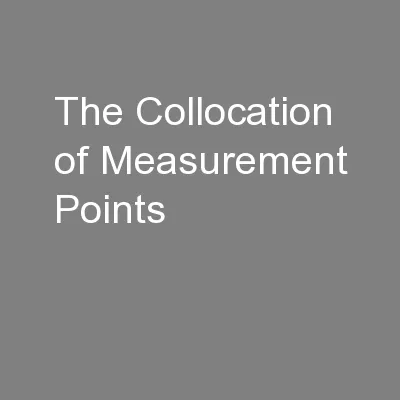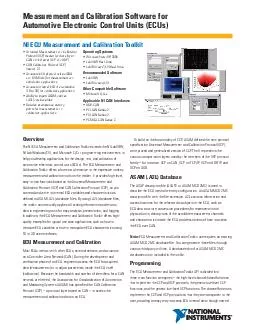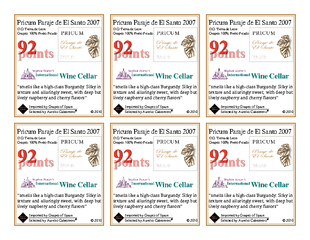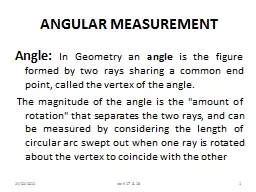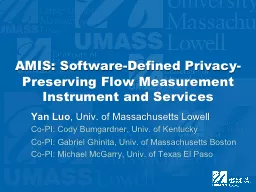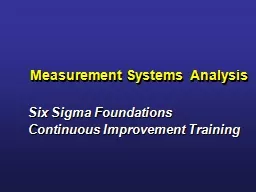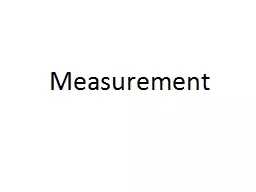PPT-The Collocation of Measurement Points
Author : lois-ondreau | Published Date : 2016-03-05
in Large Open Indoor Environment Kaikai Sheng Zhicheng Gu Xueyu Mao Xiaohua Tian Weijie Wu Xiaoying Gan Department of Electronic Engineering Shanghai
Presentation Embed Code
Download Presentation
Download Presentation The PPT/PDF document "The Collocation of Measurement Points" is the property of its rightful owner. Permission is granted to download and print the materials on this website for personal, non-commercial use only, and to display it on your personal computer provided you do not modify the materials and that you retain all copyright notices contained in the materials. By downloading content from our website, you accept the terms of this agreement.
The Collocation of Measurement Points: Transcript
Download Rules Of Document
"The Collocation of Measurement Points"The content belongs to its owner. You may download and print it for personal use, without modification, and keep all copyright notices. By downloading, you agree to these terms.
Related Documents

